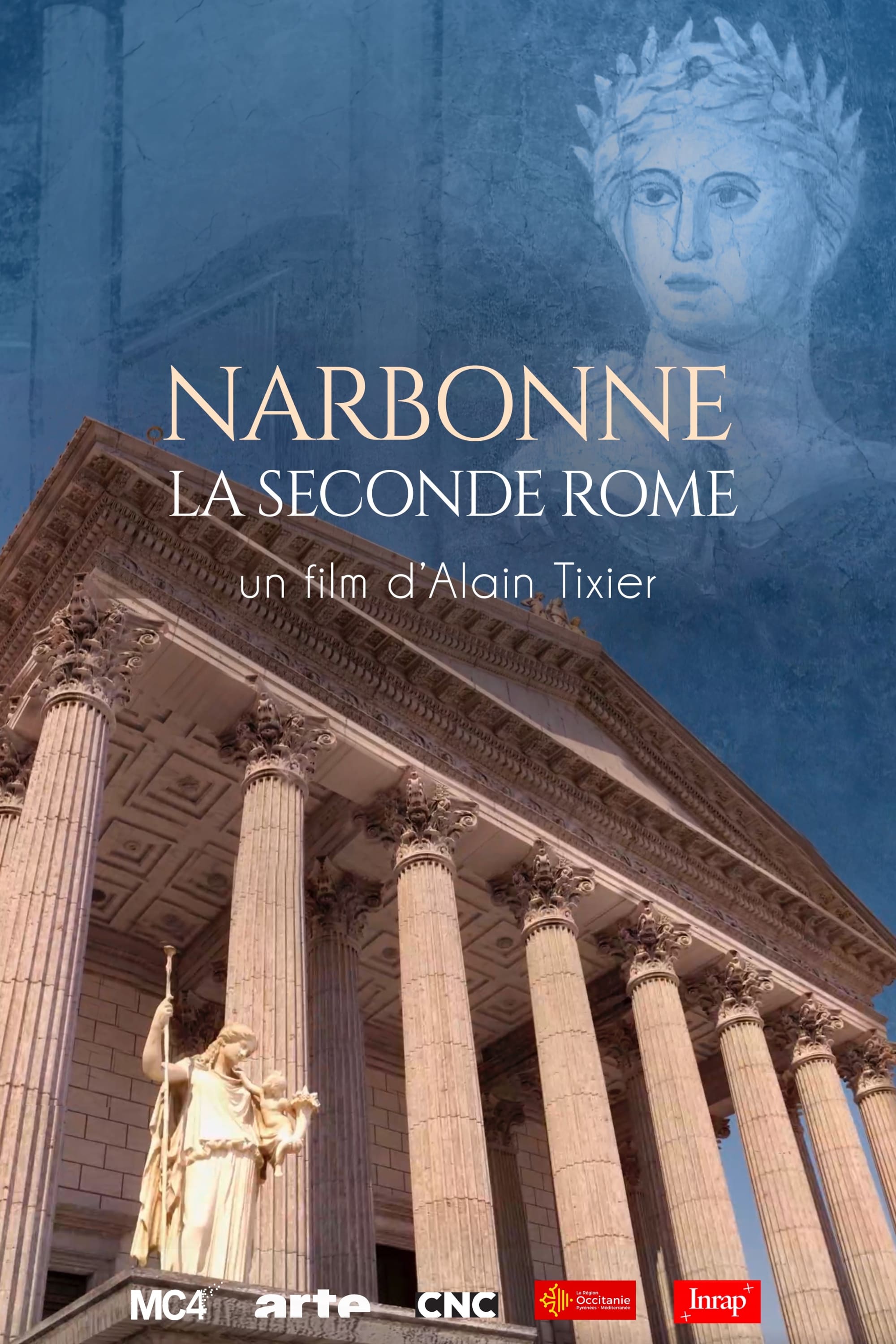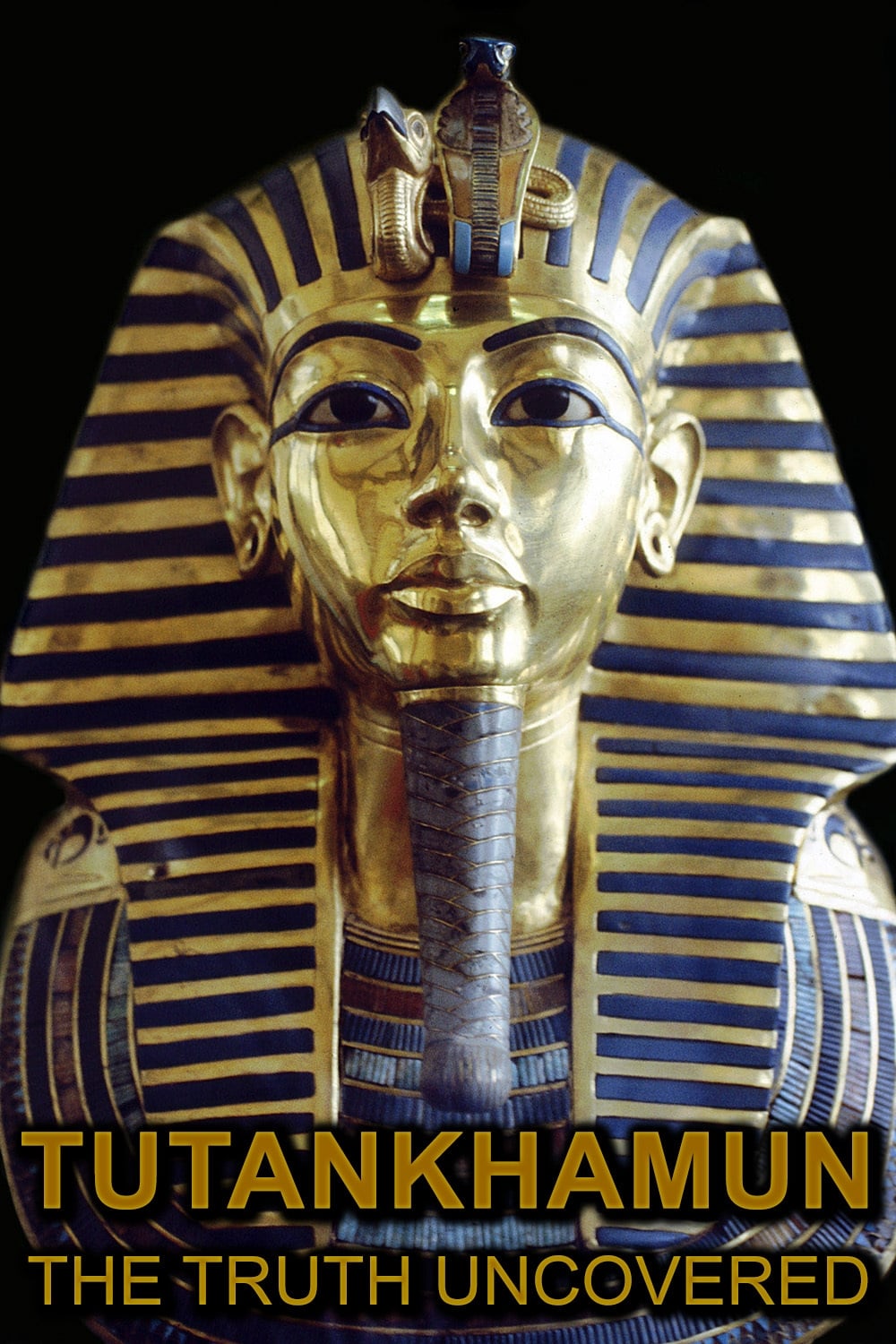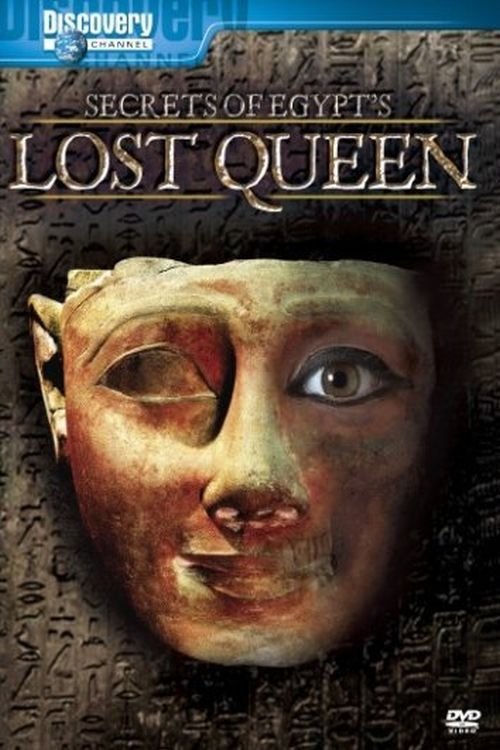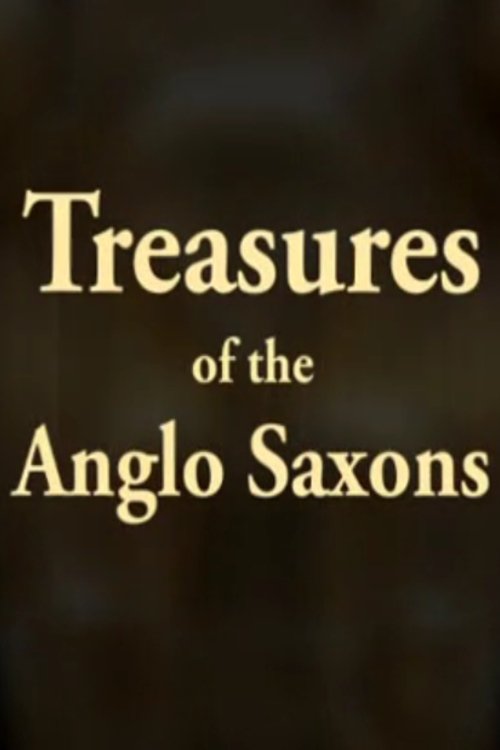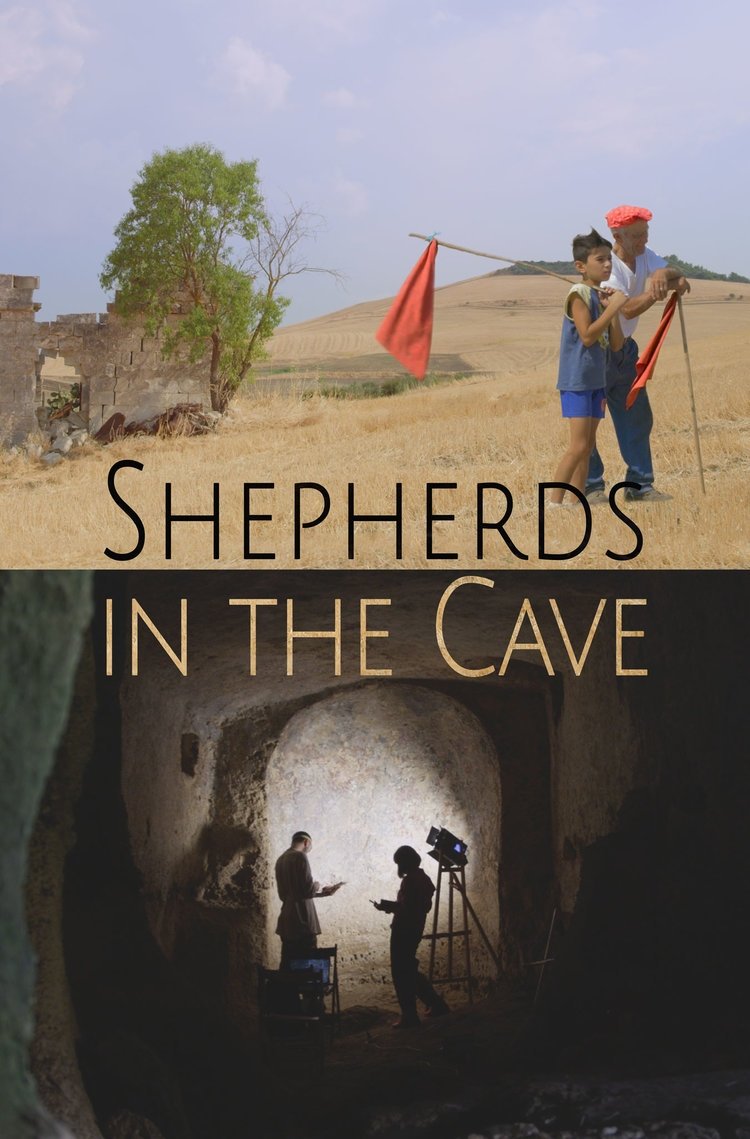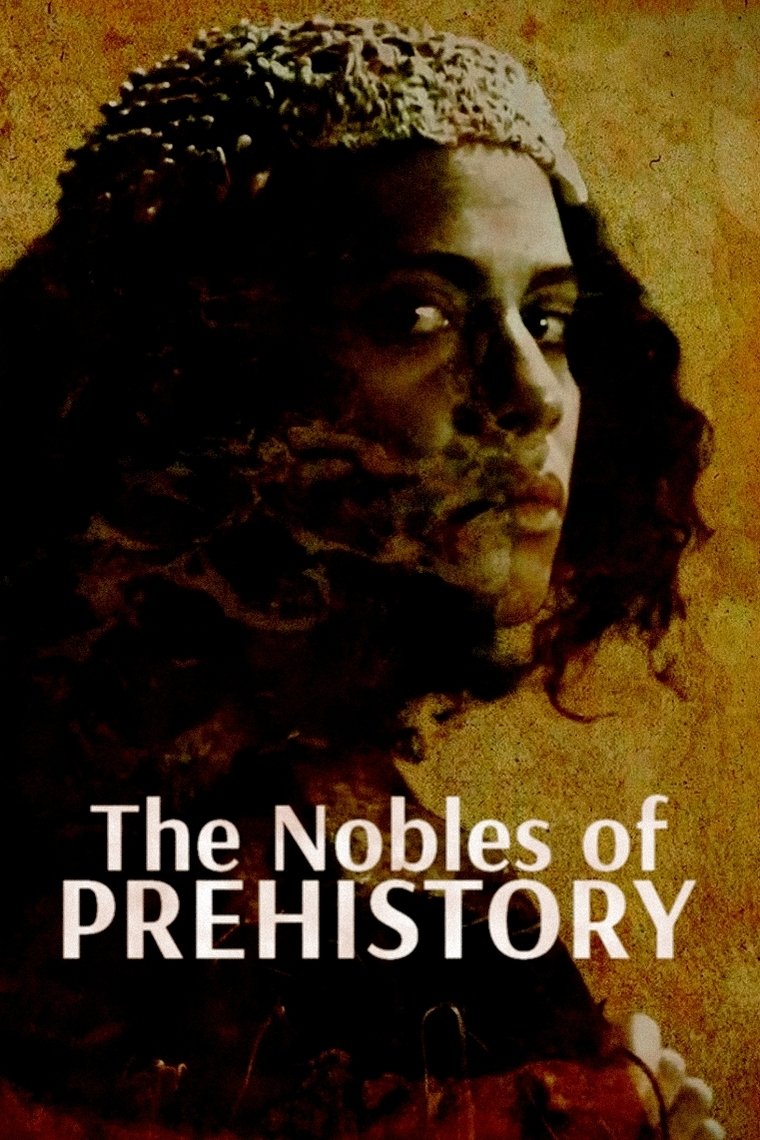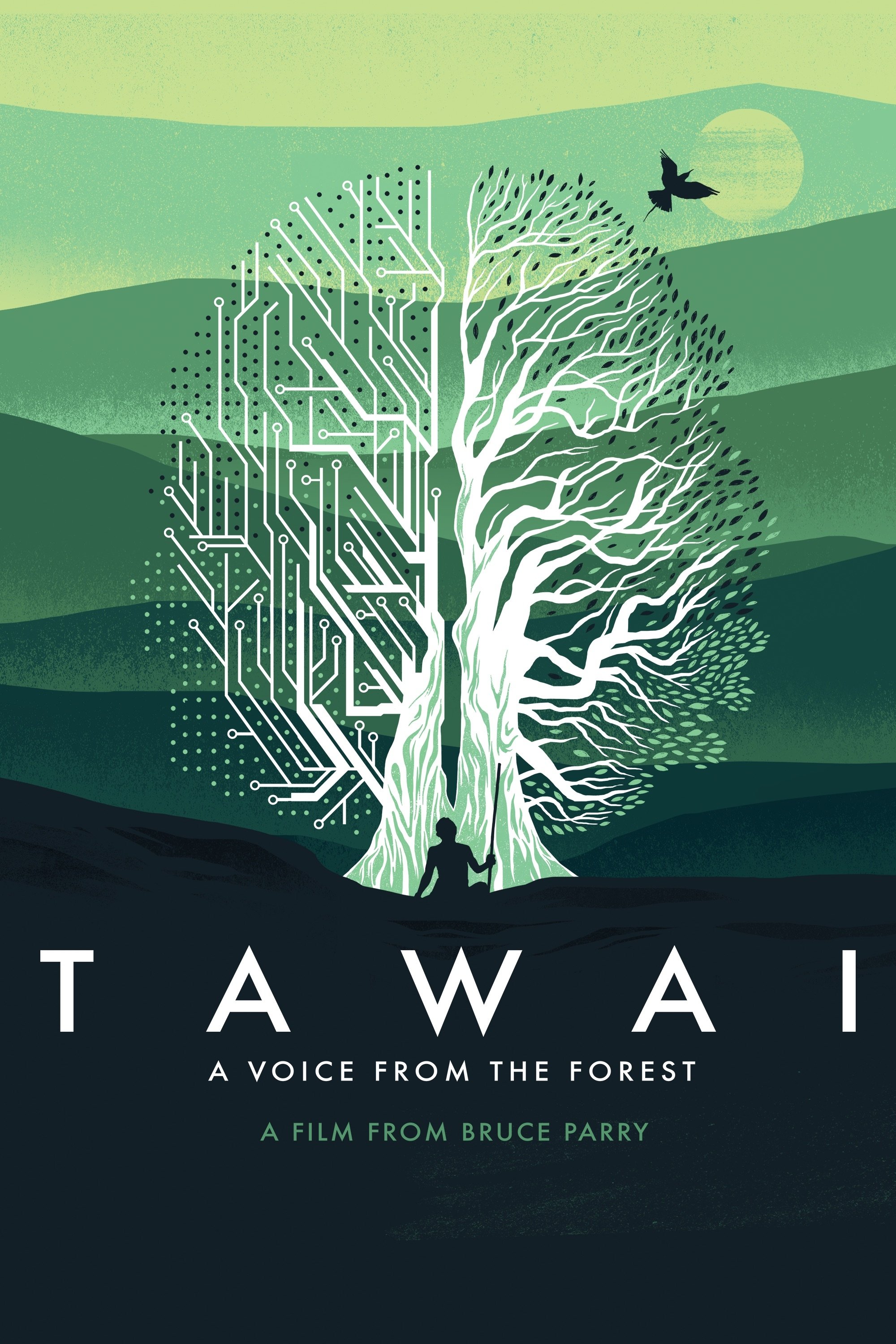Atlantis - Der geheime Code der Azteken
Watch Movie
Share
Atlantis - Der geheime Code der Azteken
0
0.0(0 votes)
Documentary
Overview
Links & Resources
Social & External
Similar Movies
Recommended Movies

No Recommendations Yet
We're working on finding the perfect movies for you. Check back soon!
More movies coming soon



